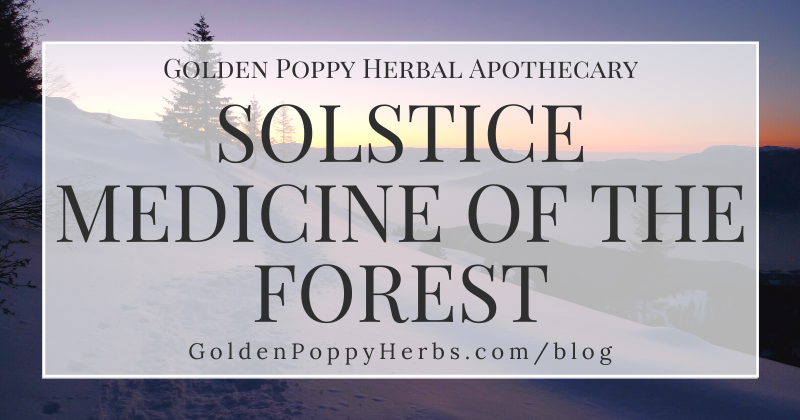
Towards the end of December, we experience the winter solstice. This is where we sink into the longest night, which is preceded by the shortest day of the year. This is a great time to reflect on the challenges of this year, and to celebrate what is to come. Our natural world reminds us that we should not be afraid to step into the darkness, as it is a period in which we are asked to turn inward, and seek our deeper truths. In the darkness, our senses are heightened, and we are more aware and present. However, following the solstice, the days begin to grow longer again, as we slowly creep closer to spring.
Nature reminds us that the darkness does not last forever and that the light and abundance and growth will always return again. It is this duality that we honor at this time and celebrates the light that is coming for us so very soon.
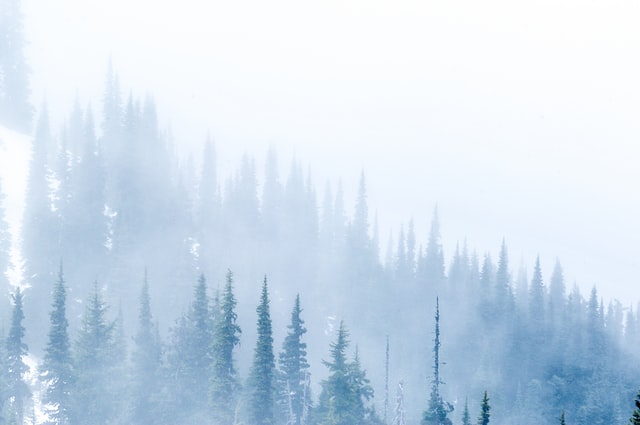
There is just something about the holiday season that feels sparkly and joyful. There are the jingles of bells, the twinkling of lights, the glitter of fresh snow.
There is also the coziness of quiet evenings, accompanied by the crackle of a warm fire, the comfort of a fuzzy blanket, cheesy holiday movies that feel like old friends, and a hot beverage to warm your hands.
It is at this time that nature reminds us of the importance of rest, as plants return to the earth, snow covers the ground, and frost bites at our cheeks. But even in an environment that seems still, there remains abundant life in the true monarchs of our forest – the Evergreen Trees.
There is no doubt that this beautiful plant being takes center stage at this time of year (as it should), and perhaps as you admire the adornments that may be placed upon the one in your home, we invite you to further explore the incredible medicinal power of this familiar friend.
Medicine of the Forest
There is something truly special about wandering in a forest. While a place that still feels incredibly wild, there is also something about being surrounded by towering trees and being embraced by the aromatic smell of the evergreens that feels like coming home.

Perhaps it is because of the trees themselves. As some of the oldest beings on our planet, they feel like loving grandparents, watching over us as we wander and explore our world around us.
While the rest of the plant kingdom withers away, returning to the earth below as we come into winter, the evergreens remain alive and active. They are trees that do not shed their leaves in the fall, and remain a safe haven and shelter for many creatures in the colder and harsher conditions of the winter season. Perhaps it is this reason that this plant being was so celebrated by ancient cultures, welcomed into our homes to enjoy the warmth of our hearth (and continues to be celebrated today!).
Beyond serving as the elders and guardians of the forest, the evergreens have a diverse array of medicinal properties and is a plant ally that can be connected with all year round; as it offers various benefits and aspects of itself at different times, depending on the season.
While the term “evergreen” is a catch-all term for the type of tree with sharp needles instead of leaves, there are many different species of trees that fall into this category. These include pine, fir, hemlock, spruce, juniper, and piñon, all of which belong to the Pinaceae family of plants.
Human connection with these plants as medicine goes back incredibly far. According to Rosalee de la Forêt and Emily Han in the book Wild Remedies, humans have been working with the medicinal properties of pine for over 2,000 years. Most predominantly, this medicine can be of much use to us in the darker and colder times of the year that happen to most commonly coincide with cold and flu season. This is primarily due to its availability via evergreen needles in the winter, and the fact that the needles are incredibly rich in Vitamin-C, which aids in strengthening our immune system.
De la Forêt and Han also teach us that there are a multitude of ways in which pine can be incorporated into an herbal preparation. Evergreens needles can be used as a decoction or tea, crafted into a festive liquor, infused in oil, made into a salve, or even simply eaten as food for its nutritional properties. Additional medicinal properties of most evergreens include the fact that it is a diuretic, stimulating expectorant, inflammatory modulator, a nutritive, and more.
However some species (like hemlock) are poisonous, so always be sure you know what tree you are looking at before you harvest any needles.
One may also be familiar with the sticky resin or sap that oozes from pine trees. This is actually a self-defence mechanism for the tree. When a tree experiences an injury or a wound, it releases sap from a layer beneath the bark to help protect itself and heal.
This sap is incredibly antimicrobial, protecting the tree from harm from pests. This sap can also have the same effect for us. The resin, or gum, that is expelled from the subalpine fir, according to herbalists Mary O’Brien and Karen Vail, authors of Edible and Medicinal Plants of the Southern Rockies: Foothills to Alpine in Colorado, Wyoming, Utah, and Colorado, has even historically been used as a topical treatment for wounds, or chewed as a means of treating bad breath.
However, it is important to keep in mind our connection and respect for our plant allies if we seek to forage pine resin, and to remember that the primary purpose of this is for healing of the tree. Never remove sap from an obvious open wound on a tree as you may put the tree at risk of attack from microorganisms or pests, or further disrupt the healing process.
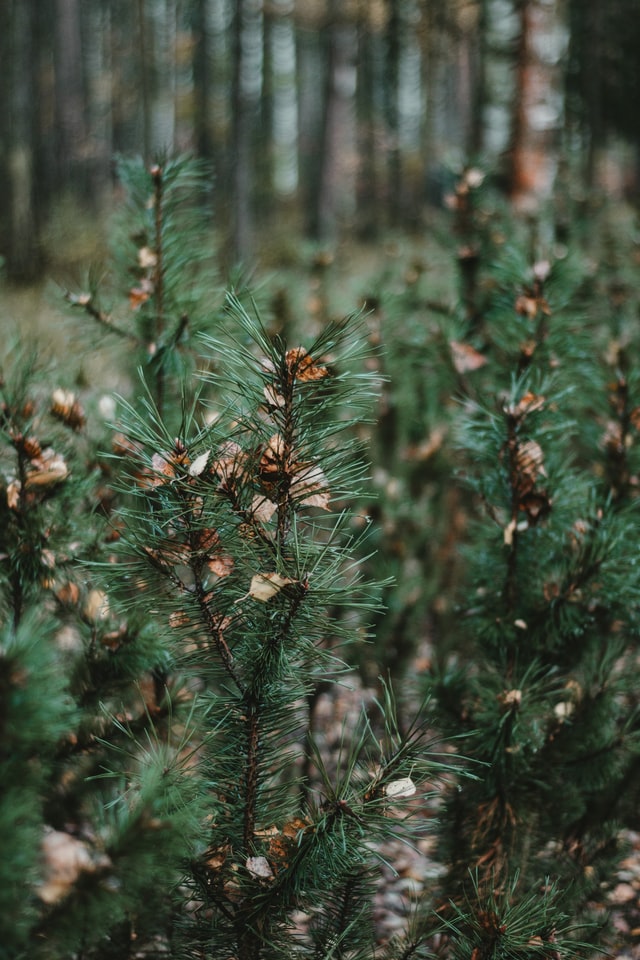
Lastly, pine can even be used as a flower essence! Flower essences are a form of vibrational medicine that help us to tap into healing our deeper selves, or shadow selves. According to herbalist and author of The Herbal Medicine Maker’s Handbook, James Green, pine can be an incredible flower essence ally for people who tend to overwork themselves and continue to place pressure on themselves to be better, those who never feel satisfied with their accomplishments, or those who tend to feel guilt and despondency.
We encourage you to connect with the incredible winter medicine of the forest this time year. There is something about the towering pines around us here in the beautiful mountains of Colorado that remind us we are never alone, especially in a year that has felt so isolating. De la Forêt and Han also share with us the concept of “forest bathing” and the incredible healing effects of simply spending time with our pine tree allies. Inspired by ancient Shinto and Buddist traditions, this term comes from the Japanese practice of shinrin-yoku, and scientific studies have demonstrated that spending time among the trees can actually decrease stress and improve immunity.
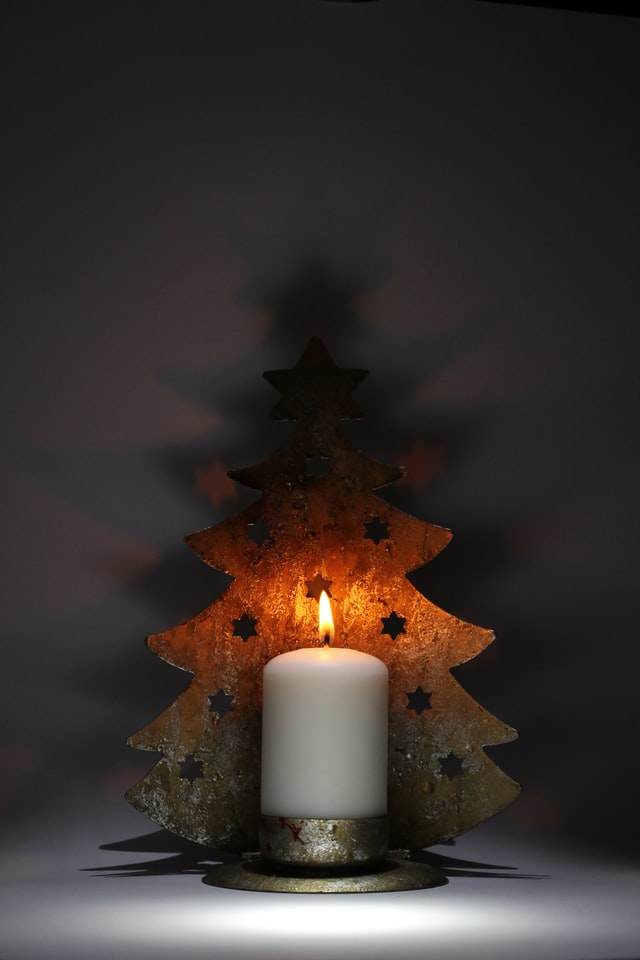
While spending time in nature has incredible benefits to help alleviate distress, feelings of loneliness, or melancholy, sometimes the best medicine we can truly use is that of talking to someone.
We want you all to know that at Golden Poppy, we are a place of community healing, and we stand ready to help support you as we move out of this year and into the next. We wish you peace and comfort this holiday season. May all of our clients and customers receive much rest and restoration. We thank you all for your support and look forward to continuing to serve our community.
Sources:
- Forêt, R. D., & Han, E. (2020). Wild remedies: How to forage healing foods and craft your own herbal medicine. Carlsbad, CA: Hay House.
- Green, James. (2000). The Herbal Medicine Maker’s Handbook: A Home Manual. New York, NY: Crossing Press.
- O’Brien, M., & Vail, K. (2016). Edible & Medicinal Plants: Foothills to Alpine in Colorado, Wyoming, Utah, and Idaho. Korea: Learning Tree Tales.
- O’Meara, Catherine “Kitty”. (2020). And People Stayed Home. Retrieved from: https://bellacaledonia.org.uk/2020/03/31/and-people-stayed-home/
Browse by category
- Aromatherapy
- Astrology & Magic
- Ayurdeva
- Botany Foraging & Gardening
- Chakras
- Digestion
- Earth Connection
- Energetics
- Flower & Gem Essences
- Folk Traditions
- Herbalism & Holistic Health
- Immune Support
- Materia Medica
- Mushrooms
- Nutrition
- Seasonal Living: Autumn
- Seasonal Living: Moon
- Seasonal Living: Spring
- Seasonal Living: Summer
- Seasonal Living: Winter
- Skin & Body Care
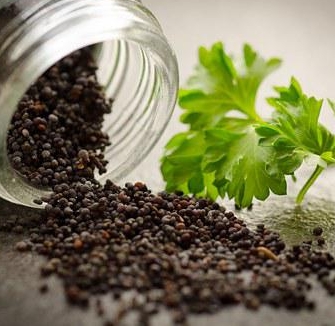
Don’t Miss a Thing!
Enter your email below to be the first to know about sales, new products and tips for taking care of your pieces.

